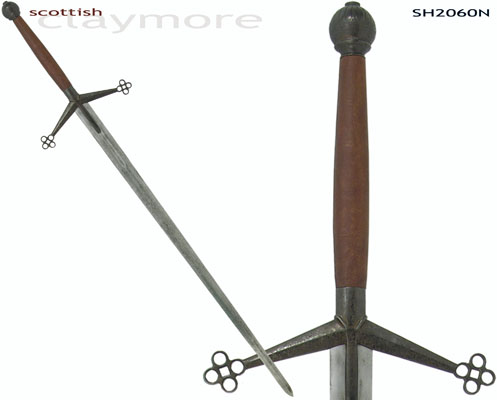James McCloud is a man born from myths and legends, his mother was a fairy or fae, who came across on her travels a man she later chose to father a child.
After James came to the age of 10 she left returning to her own world never to be seen again.
James McCloud has a set of personal ideals he follows by which is a code of honour which relates to the traditional Highland way of doing things.
Including also a sense of destiny and a higher purpose, huge size as he is 7 foot tall.
Though he has his foibles such as the pursuit of vengeance.
Abilities
Intelligence: 3
Strength: 6
Agility: 4
Speed: 3
Durability: 4
Actions
History
Swiming
Close Combat
Combat, Ranged
Energy Absorption
General Knowledge
Hunting/Tracking
Telekinesis
Vehicle Operation
Modifiers:
Amour Penetration; mod to close combat, (Basket Hilt Broadsword
Toughness
Appearance
James McCloud has long shoulder length brown shaggy hair and brown eyes; he's broad muscular and tall standing 7 foot in height.
He gently prefers to wear outdoor clothes which are hard wearing, but he is also known to wear a traditional plaid kilt and today's modern kilt.
His appearance is based loosely on that of Liam Neeson who starred as Robert Roy MacGregor, in the film Rob Roy.

After James came to the age of 10 she left returning to her own world never to be seen again.
James McCloud has a set of personal ideals he follows by which is a code of honour which relates to the traditional Highland way of doing things.
Including also a sense of destiny and a higher purpose, huge size as he is 7 foot tall.
Though he has his foibles such as the pursuit of vengeance.
Abilities
Intelligence: 3
Strength: 6
Agility: 4
Speed: 3
Durability: 4
Actions
History
Swiming
Close Combat
Combat, Ranged
Energy Absorption
General Knowledge
Hunting/Tracking
Telekinesis
Vehicle Operation
Modifiers:
Amour Penetration; mod to close combat, (Basket Hilt Broadsword
Toughness
Appearance
James McCloud has long shoulder length brown shaggy hair and brown eyes; he's broad muscular and tall standing 7 foot in height.
He gently prefers to wear outdoor clothes which are hard wearing, but he is also known to wear a traditional plaid kilt and today's modern kilt.
His appearance is based loosely on that of Liam Neeson who starred as Robert Roy MacGregor, in the film Rob Roy.

Last edited by hoggj on Mon Sep 12, 2011 2:18 pm; edited 3 times in total









